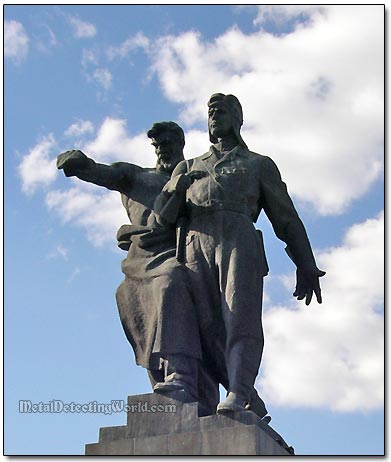Treasure Hunting in Northern Ural Mountains, Russia (Story 6), page 1
Metal Detecting at Remote Ghost Village Site
In May, I made a trip to the Ural Mountains Region in Russia. That is where I was born and grew up. Prior to my arrival, I contacted my new treasure hunting buddy Vladimir who lives in a big city of Ekaterinburg (former Sverdlovsk), approximately 1,500 miles West of St. Petersburg, and we planned our metal detecting trip.
General Map Of Russia
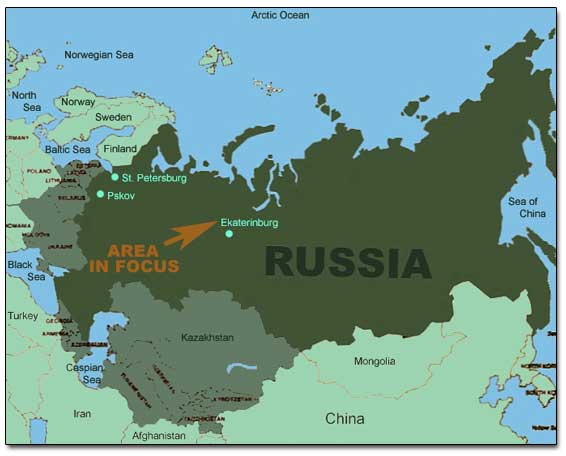
When I arrived to Ekaterinburg, Vladimir introduced me to his partner Slava. We set a date for the trip to the Northern Urals where there are hundreds of potentially productive sites, mostly the places where large villages used to stand.
Fragment of the Ural Mountains Region 1868 Map
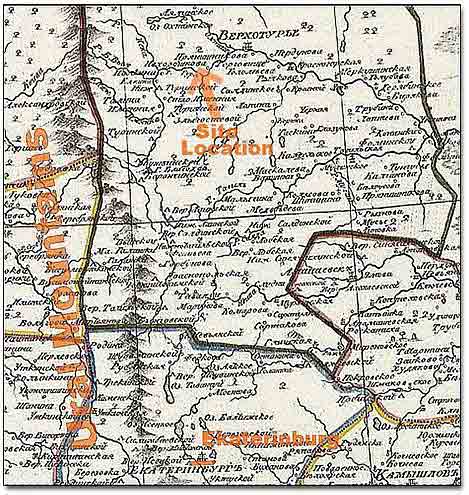
At one of the Hot sites, two villages stood next to each other, 150 homesteads in each. They were established in the early 1800s, on the banks of the Tura River, some 300 miles North of Ekaterinburg, and disappeared in the late 1970s. Right now, there are just two large farm fields located five miles from nearest paved road in the middle of nowhere.
Fragment Of Topographical Map From 1970s
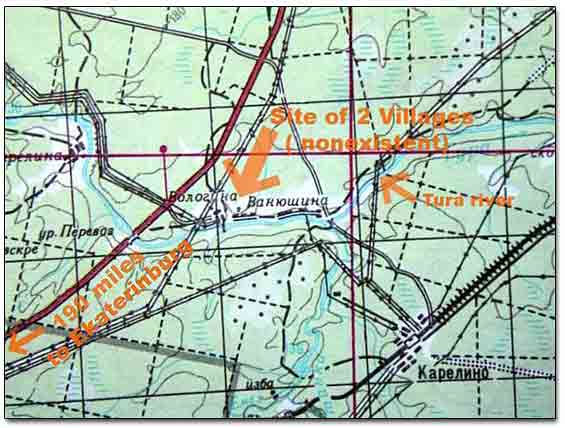
It would take us four hours to get to the site by car. But neither Vladimir nor his partner Slava had one, so the only choices we had were the suburban trains and buses that we would have to change on the way. The hardest thing was to connect all the rides together.
If we would not take the first train at 6 am, the next one would leave only four hours later. And no one would know what train or bus schedule to expect at the next transfer point. We did not want to get stuck late at night in some strange city so we had to get up at 4 am and get to the city train station on time to take the first train.
Early Morning In Ekaterinburg (former Sverdlovsk)
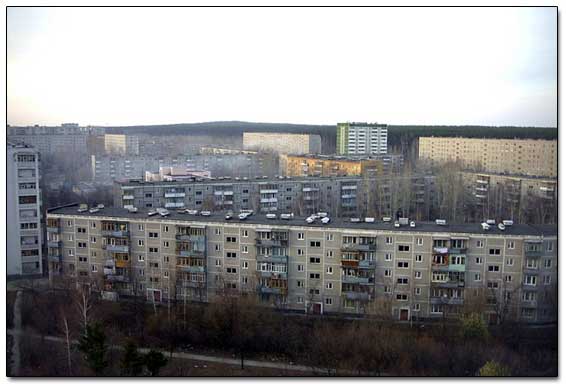
My partners and I agreed to meat near a huge monument that stands right in front of the train station. The monument was dedicated to the "tandem" between the arm factory workers and the Red Army soldiers during the WW2: a steel worker standing by a tank man, symbolizing a strong combining force of civil and military heroism against the enemy.
A Grand Meeting Place
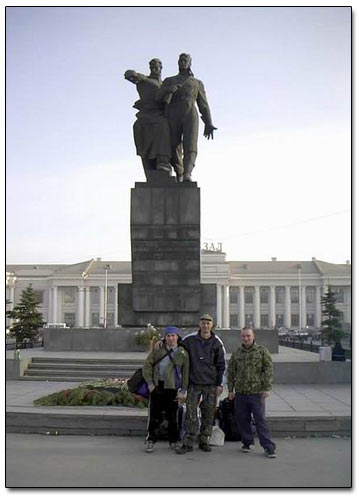
After the German Army invaded the Soviet Union in the summer of 1941, all heavy industries, hundreds of plants and factories with their workers, were evacuated from the Western U.S.S.R. to the Urals where they were fully reconstructed in a short time. The defense plants not only quickly resumed their full production of tanks, planes, and fire arms but also increased it dramatically.
In all categories of weapons, the Red Army began outnumbering the German Armed Forces. That made the Soviet army superior to the army of Wehrmacht to the point that not only the Red Army crashed it down but also kicked it out of the U.S.S.R. and the entire Eastern Europe.
